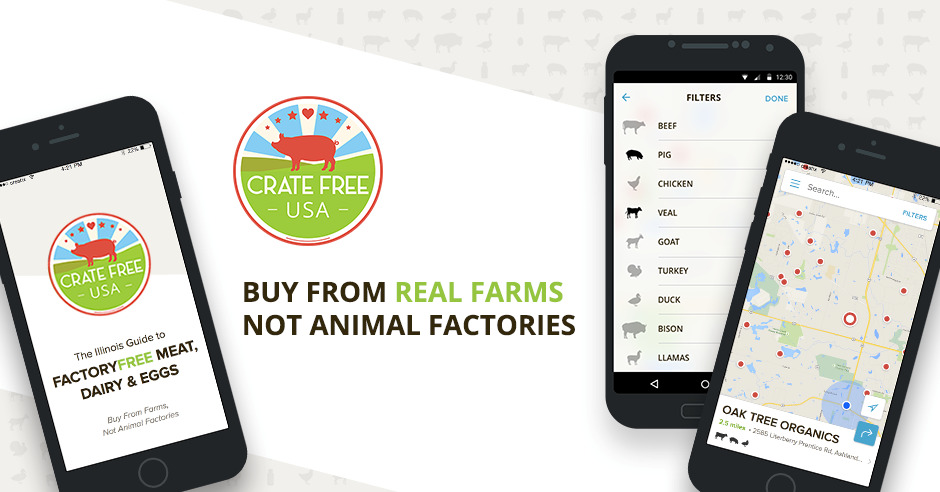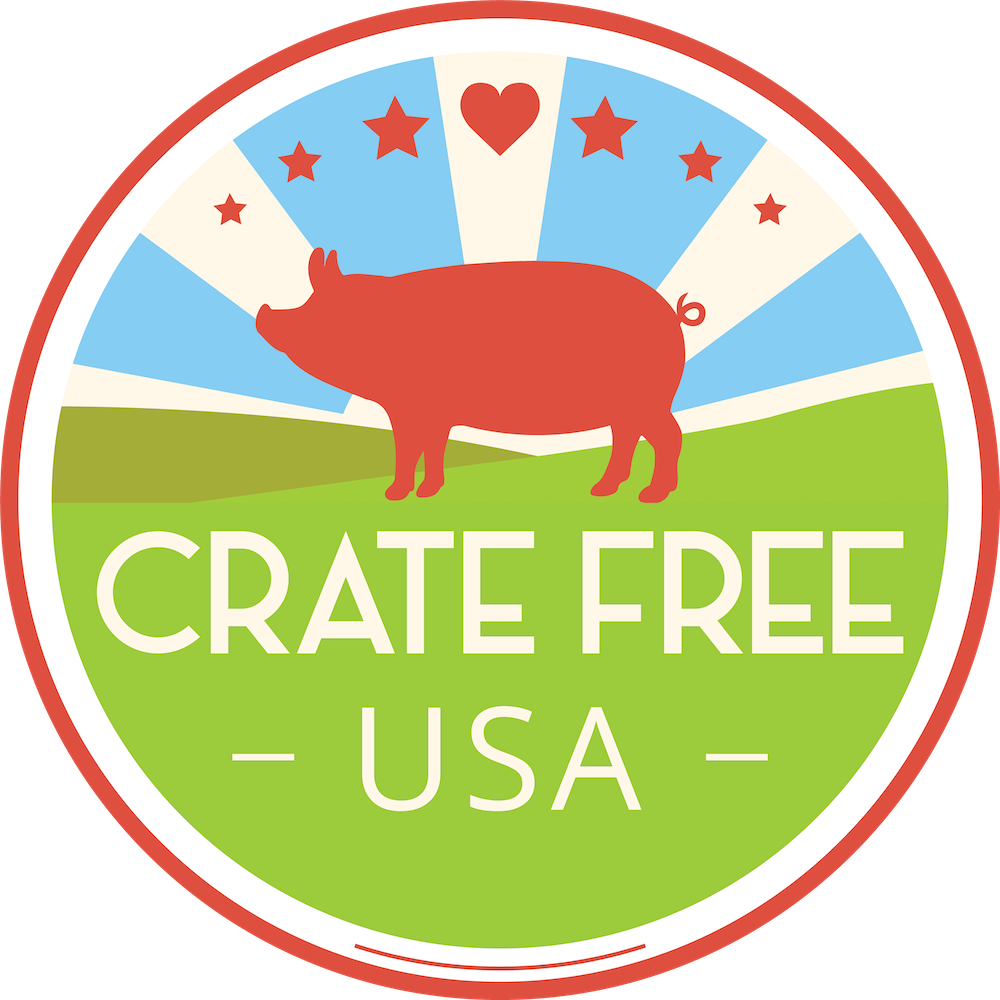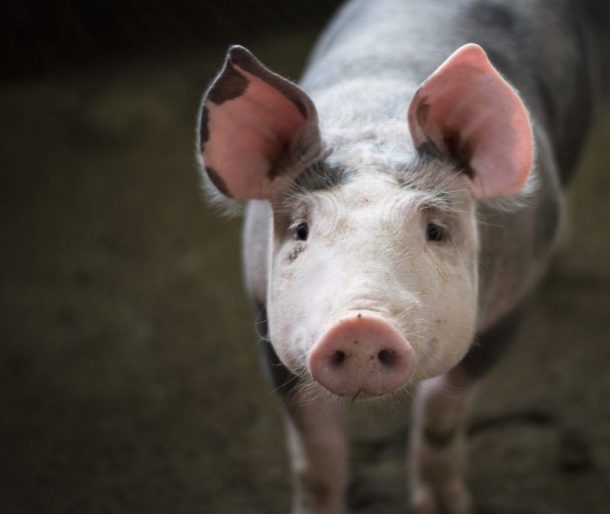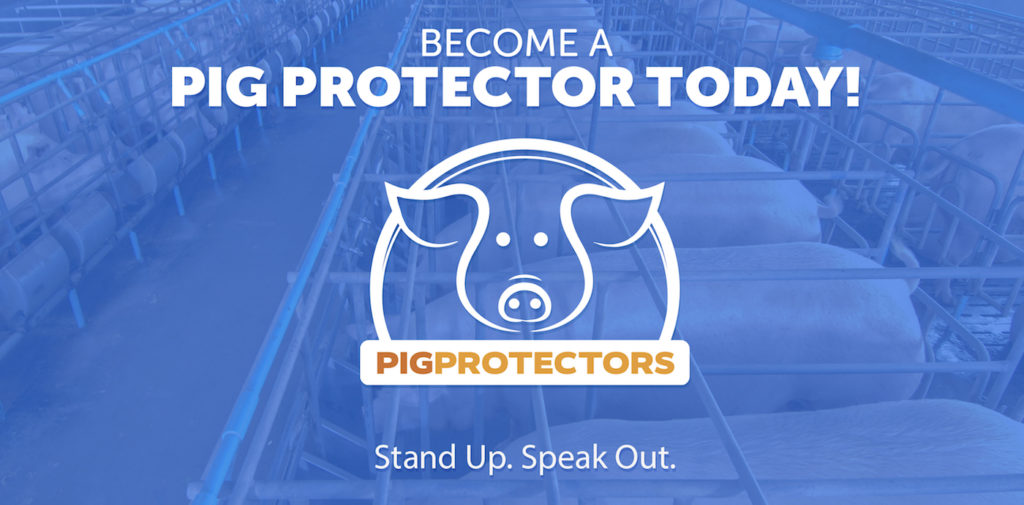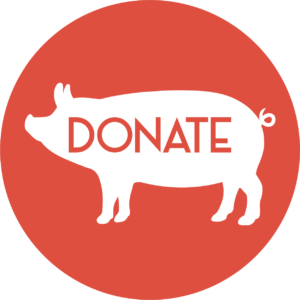At Crate Free USA, we take a pragmatic approach to people’s eating preferences and strive to be all-inclusive. We understand that a majority of people are not going to go vegan, at least not tomorrow. And while we do promote a reduction of meat in your diet, we also want to improve the lives of animals being raised for food right now. That’s why we support our local farmers who raise their animals humanely and sustainably.
It’s easy for you to find a local, humane farmer near you in Illinois. Just download our free mobile app!
We are proud to highlight some of the local farmers that you can find in our app. Today, we would like you to meet Terra Vitae Farms.
Mike Biver grew up on a more conventional farm. He took what he learned there and built upon it when he started his own. Eighty-acre Terra Vitae Farms is located in Woodstock, Illinois about an hour and a half northwest of downtown Chicago. At Terra Vitae they pasture raise chickens, ducks, cows, sheep, goats, pigs, all in a regenerative and humane way.
From their website in their own words:
Here at Terra Vitae Farms we believe good farming should heal the environment while producing the most nutrient dense, highest quality food possible. Therefore, we focus on going beyond that “organic” certification and instead we work on creating a thriving and complex farming ecosystem.
How do you raise your animals?
Our primary objective is to produce the healthiest food conceivably possible. One strategy we employ to achieve this is to keep in mind that you are what you eat, eats. We all know the old saying, you are what you eat. Well, when raising meat, it is important to take that one step further and be very cognizant that everything we feed our animals and arguably the experiences we give them will one day be consumed by us.

Pastured Cows at Terra Vitae Farms. Photo: Colleen Biver
We do not use any chemicals to treat the animals – with the rare exception of a dire emergency for the survival of the animal – and all the animals are exclusively pasture raised without use of grains with the exception of pigs and chickens for which pasture alone is not sufficient – but we are working on that and are exploring systems to rely less and less on any grain inputs. In the case where we do feed grain, the feed is composed of non-GMO ingredients. In the end the inputs to the animal throughout its life are food that it would normally find in nature. Not only is food raised this way cleaner – that is, free of toxic chemical inputs – but it is also more nutrient dense.
Are Your Animals Cage-free and Pasture Raised?
Yes. There is a quote we keep top of mind when managing our animals:
“It is not enough, however, to think of different species merely as potential ‘resources’ to be exploited while overlooking the fact that they have value in themselves.” Pope Francis. 2015. Laudato Si’: On Care for Our Common Home [Encyclical].

A little pig kiss in the snow. Photo: Colleen Biver
It is our goal to give our animals the best life possible all the way to the point where they are taken to our local, family-owned butcher where they are processed and made into food. Our grazing practice is to give them good healthy plants to eat and to move them frequently from one grazing space to another so as to not to overtax the land by overgrazing it but to also have the animals in place long enough to help improve the land. There is not a prescribed formula for us at this point as environmental conditions may dictate movement in 24 hours and other times may allow them to stay in a space for a week. This means we must observe the animals not only for their physical condition but also their behaviors as well as observe the condition of the pasture each day and decide when the best time is to move them.
We try to use a balanced approach to human interventions – that is – what is really better for the animal at the moment. We try not to be too quick to jump in and take over, but there are occasions where the animal might need some help. The decisions on how and when to intervene have led to some deep debates and discussions among us about how we manage the farm and care for the animals – when is the right time and what constitutes extraordinary intervention? These are moments when our different ideas and thoughts of actions are often about life and death situations, stakes are high and with full awareness of everyone. It is a moment that can be packed with emotion and can easily lead to misunderstanding and judgement. We often find ourselves having to keep the dialog going, asking questions but also sharing our own challenges and thoughts.
Ultimately, we keep coming back to the premise that it is precisely these situations or those like them that will help us arrive at more than a compromise, but a richer fuller understanding of the path to respect, love and relationship between us, the animals and the earth.
We use a mob grazing technique (frequent movement) during the growing season and hay during the winter.
How did you first become involved in farming and your background?

Mike Biver takes a break with some friends. Photo: Colleen Biver
I grew up on a conventional grain farm (corn, wheat and beans). We had a side business of producing hay and straw, and out of that side business my dad developed a “side-side-business” of raising feeder calves. We sold a lot of hay to horse customers, but horses can be very particular about their hay, so anytime a cutting did not go as planned that hay would be “recycled” and turned into beef!
The cows had access to pasture during the growing season and harvested cornstalk fields during the winter (with hay provided). They were also given grain on a daily basis.
Depending on how you define “conventional” and “pasture-raised,” you could make the argument that these cattle had a leg (or two) in each camp. Pasture and/or hay was definitely present daily — as was corn feed and synthetic fertilizers/herbicides/insecticides. Growing up, I learned a lot of animal husbandry techniques, good fencing strategies, and how to handle and anticipate animal behavior when interacting with said animals. My current farming venture tries to build off that foundation and imagine a system that has less inputs (corn, synthetic fertilizers/herbicides/insecticides), while simultaneously producing higher quality food.
Why is farming sustainably and humanely important to you?
Apologies for being sticklers on the question – but in the past we thought long and hard about using the word ‘sustainably’ and determined that it simply does not do justice to our approach. We instead focus on using the word ‘regeneratively’. We believe you can implement farming techniques that do much more than ‘do no harm’ and thereby ‘sustain’ the current environment – we believe our farming techniques actually heal, improve, and regenerate the environment.
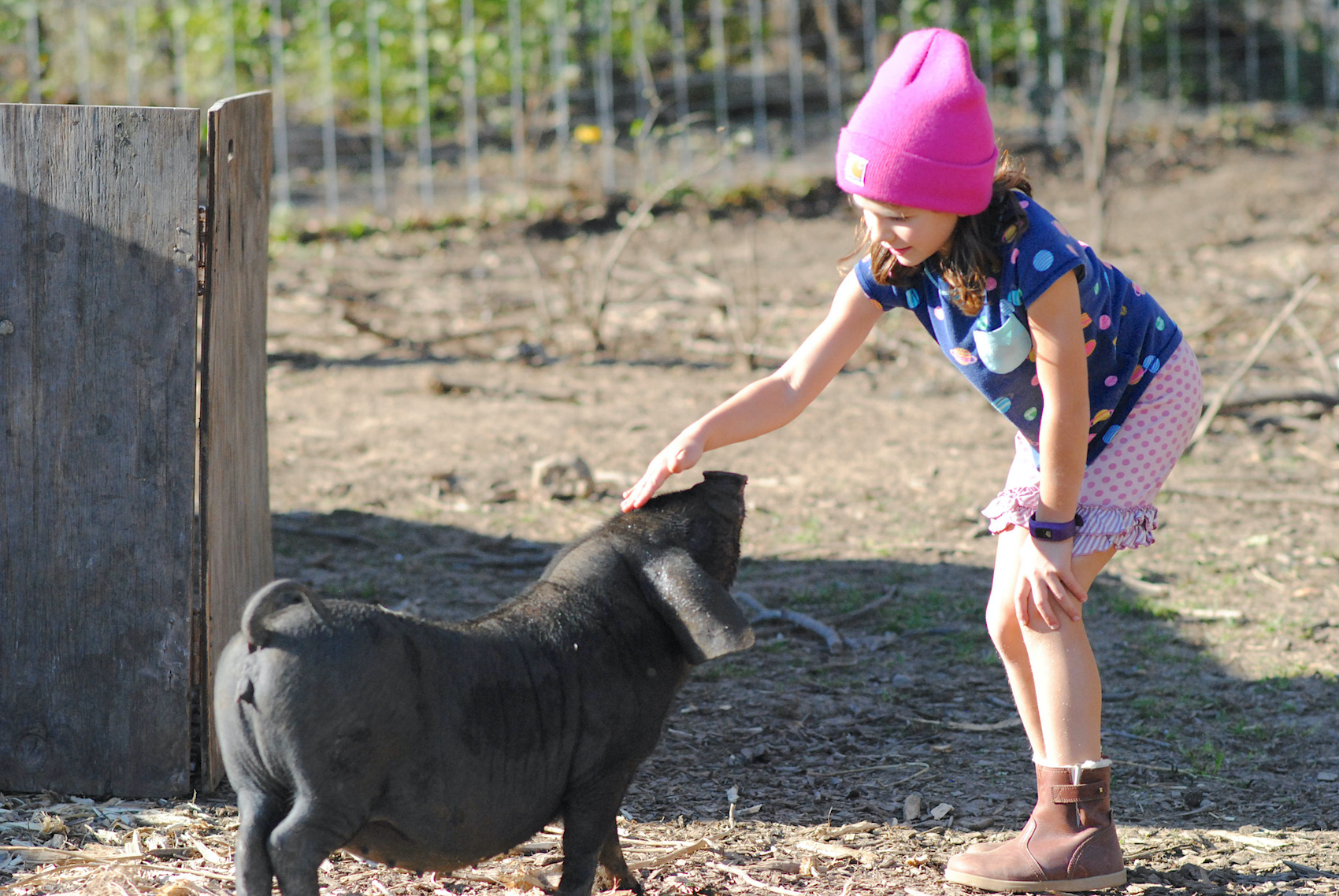
Madeline Biver greets a pig. Photo: Colleen Biver
Our family had a number of personal experiences that convinced us of the health benefits of meat from animals raised on diverse pasture. We have such an oversimplified idea of “healthy eating” in this country, primarily, in my opinion, because of studies based on meat raised in Concentrated Animal Feeding Operations (CAFOs, aka “factory farms”). Yes, that meat is terrible for you for a whole host of swirling complex factors. But I love proposing to someone that you can have a boiled chicken breast on one plate and a t-bone steak on another plate — and without knowing how those animals were raised, you cannot know which is better for your health.
Inextricably linked to health is environmental impact. I can confidently state that if the environment is not being continually improved by your animal management practices, the meat you are producing is not the healthiest it can or should be. While we did not set out to save the planet, it is a lovely outcome of focusing on producing the healthiest meat possible. A conversation for another time, but feel free to ask me about how a varied diet (including some meat) is not only better for your health, it is better for the planet’s health (veganism will not, can not save the planet). Some other wonderful outcomes include fantastic flavor and feeling satiated on less meat.
The humane treatment of animals is inextricably linked to everything I have discussed thus far. Our objective is to produce the healthiest food conceivable possible. To do that, I need to manage the animals’ interaction with the environment so a mutually beneficial and natural relationship emerges between the animals and their environment. By default this creates a situation that put the animal in a more natural and pleasant setting.
Furthermore, when focused on producing the healthiest food conceivable possible – I don’t think it is a hard concept to understand that if our animals are stressed, don’t get enough exercise, don’t eat a varied diet, don’t see the sunshine, can’t express their natural instincts – then they will not flourish. If the animal doesn’t flourish and hasn’t lived the healthiest life it can, how can we expect to produce the healthiest meat conceivable possible? Again – you are what you eat, eats (and experiences).
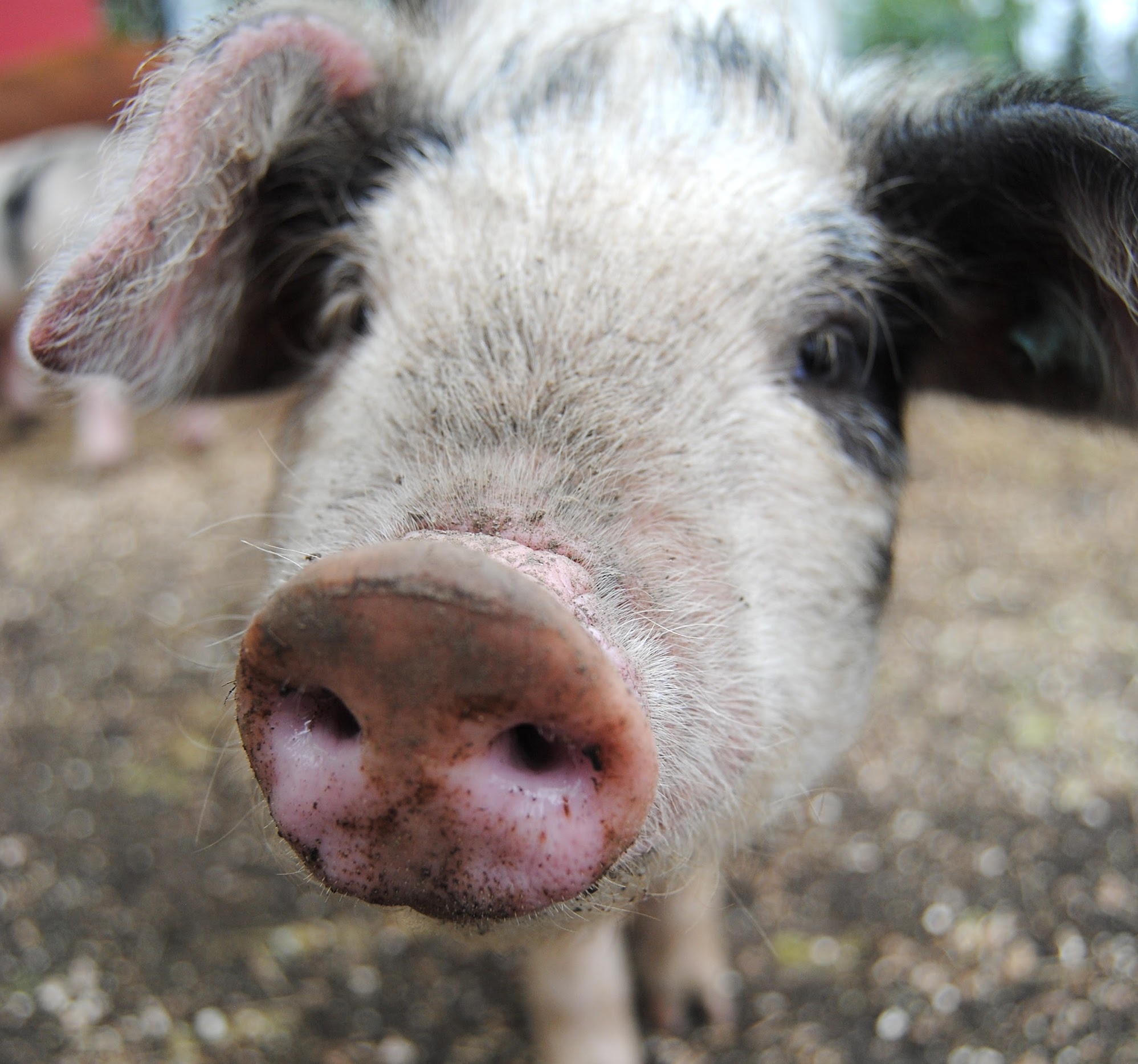
Pig at Terra Vitae Farms. Photo: Colleen Biver
How have the economics of farming changed in the last several years and how has it affected you? What further challenges are you anticipating?
Our challenge is helping consumers understand that the cheap meat they find in the grocery store is cheap for a reason. That animal was likely treated like a resource and became a cog in a scaled-up, industrialized version of food production. When viewed purely from a monetary cost to consumer perspective, modern industrial agriculture has achieved a minor miracle. It has produced the cheapest food the world has ever seen. However, we now understand the environmental and health costs that have grown out of that system.
The challenge for us now is helping the consumer understand why ‘conventional’ food is so cheap and helping them understand that if they want better food it comes with a bigger price tag.
What are your views on extreme confinement and gestation crates for pigs?
See above. With our objective of producing the healthiest food conceivably possible – I see both of those things are very counterproductive.
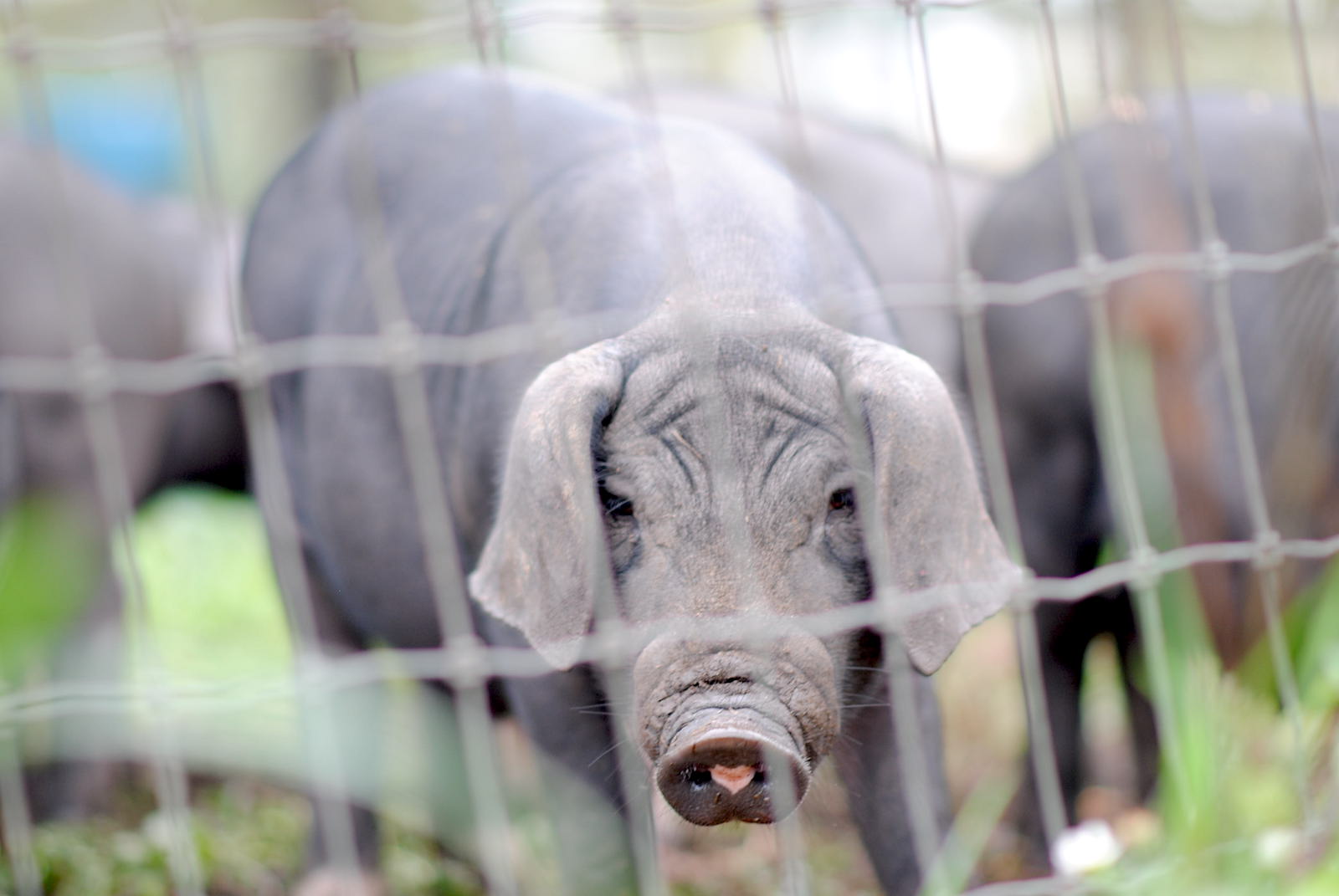
Pastured Pig at Terra Vitae Farms. Photo: Colleen Biver
Would you support a bill to prohibit extreme confinement?
Perhaps. I would actually prefer a bill that puts much higher levels of transparency on food production. Every time someone buys food raised in ‘extreme confinement’ I want it to be painfully obvious. I’m a strong believer in the power of voting with dollars (i.e. the markets), and I think educating the public would result in major shifts in how food producers chase the consumer dollars.
Should retailers and restaurants stop using suppliers who use extreme confinement?
I have a hard time answering this question as it is quite broad. A big issue with ‘good’ food production right now is cost and therefore social economic inequality. Good food right now costs more. Not everyone has the luxury to pay the extra money for that good food. We would need a much larger overhaul of our programs for those suffering from poverty before we could mandate that retailers stop carrying cheap food.
What can consumers do to help improve the lives of all our farm animals?
Understand where their food comes from. Know how the animal was raised. Become intimately familiar with where your food comes from. I know that is a big ask – however, if people make that effort they will start to understand the value of the higher cost of good animal husbandry and will start making informed decisions when they purchase food.
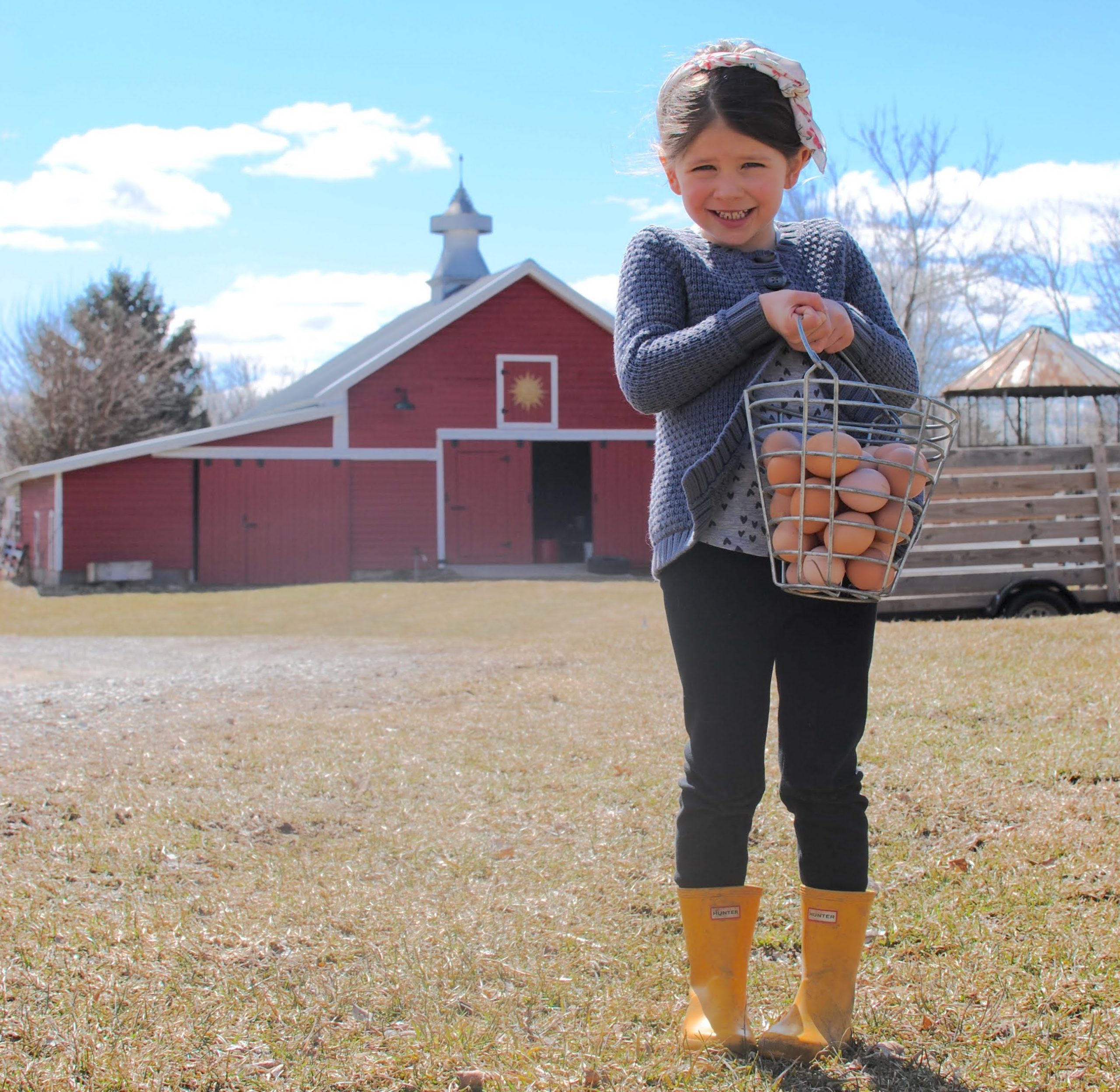
Madeline Biver with spring eggs. Photo: Colleen Biver
How do you market and sell your products? How can people shop with you/find you? Can they visit the farm?
We strongly encourage folks to come out to the farm! We are firm believers that your food should be ‘you certified’ – come on out and fully understand what you are buying and putting into your body. Not only that, we consider it part of our responsibility to educate the public on what good food can be, there is a better option and we’re working hard to make it a reality.
How to Buy from Terra Vitae Farms
We offer a subscription option where we deliver a meat sampler pack to your door twice a month. We also have a lot of sales happening right at the farm. Folks can shoot us an email at info@terravitaefarms.com, place an order and/or come pick it up!
Also visit our website, Facebook, and Instagram.
The Illinois Guide to FACTORY-FREE MEAT, DAIRY, & EGGS
